Unbundling Education
Education is at a crossroads. Students, parents and everyone else feels it. The rising cost of education has outpaced inflation by at least five times since 1985 and has shown no signs of slowing. It’s a complicated problem. Globalization, cultural shifts, and emerging technology have all contributed to reshaping the higher education landscape.
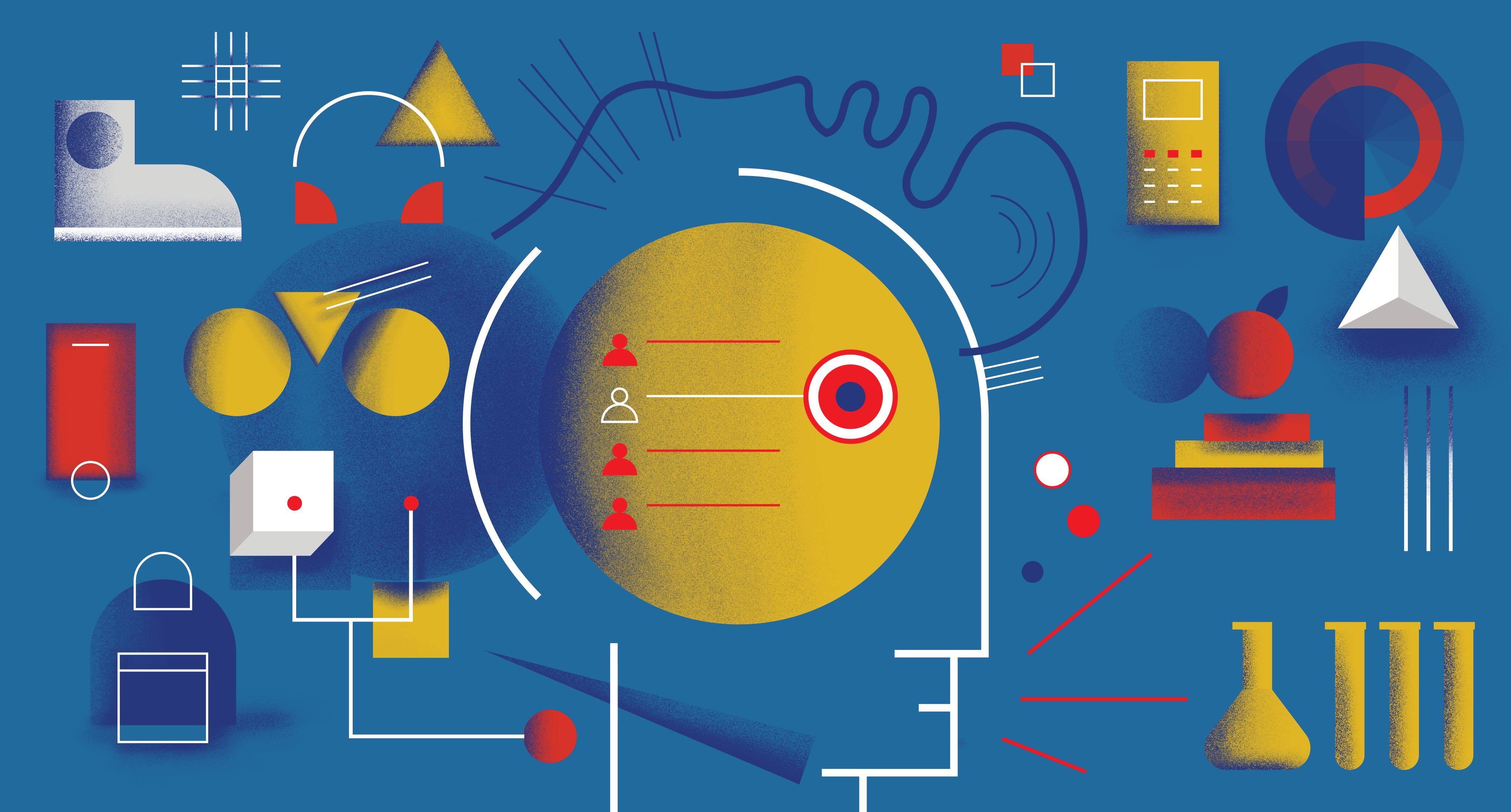
Whatever the reason, the imbalance between cost and the perceived value was pressuring decision-makers to make hard choices even before COVID-19. Acutely aware of these pressures, many schools are and have been exploring alternative approaches such as online learning, tuition adjustments, and other measures. The pandemic is accelerating these changes.
Education leaders are faced with critical decisions about where to go next. Online learning is a reality but won’t solve all problems. Pricing adjustments can only go so far when budgets are already stretched thin. For many institutions, it will be time to rethink the overall value proposition of education.
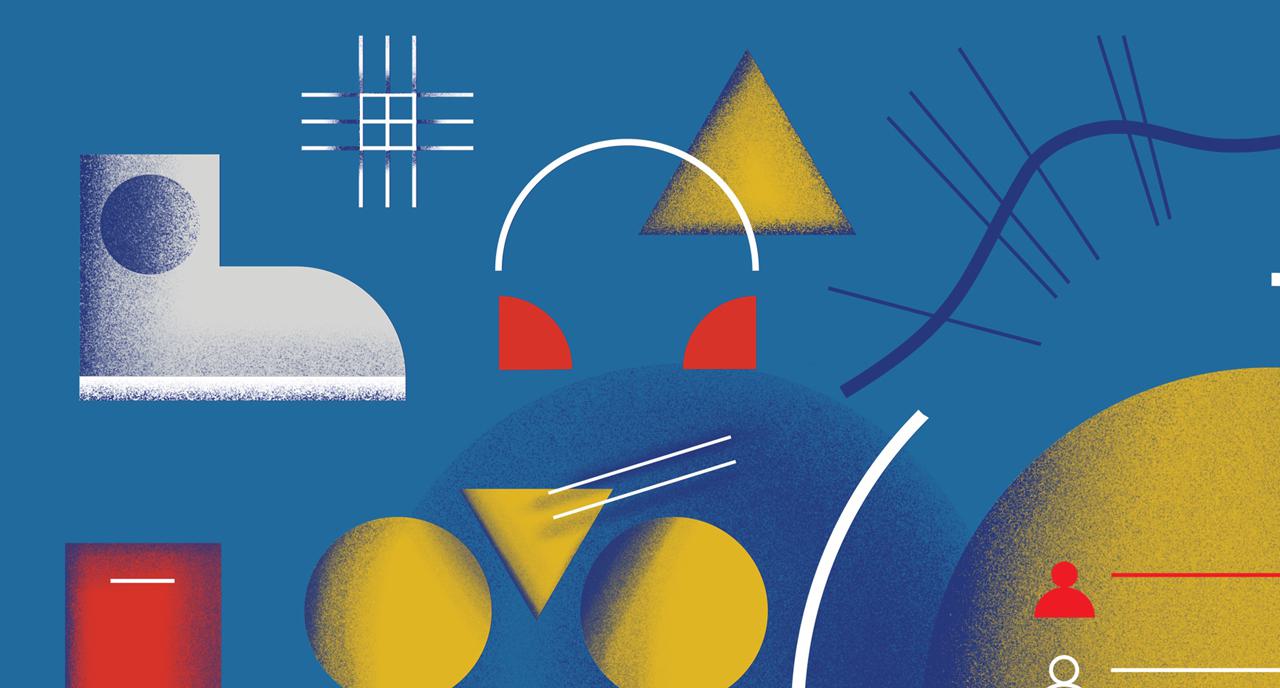
Nearly all colleges and universities are derived from a historical archetype like Cambridge or Harvard. Each has a campus, dormitories, a fancy library, a clock tower, perhaps even some ivy on buildings. Updated models include state-of-the-art sports complexes and technology centers, climbing walls, and cafeterias serving lattes. There are clubs, activities, and competitions. In the end, there are commencement addresses and diplomas. Even with the number of grant and loan options, many students will not be able to afford – or choose to invest – in education with a sticker price that includes all these amenities.
Ultimately, price is an expression of value. One way to innovate is to unbundle and repackage offerings into new categories where people derive the most value. It can be hard to think this way given how we typically think about higher education, but it’s already happening in nearly every other industry. Amazon unbundled physical stores from retail, Netflix unbundled movies from theaters, and Spotify unbundled music from ownership. Many schools will be faced with unbundling their services, too.
We can think about education in terms of hard and soft skills, academic and social activities, mentorship, and leadership. For the sake of argument, consider three lenses for education: technical skills, people skills, and thinking skills.

Technical Skills and Certification
The lowest common denominator in education may be technical skills. While many in higher education prefer to focus on the numerous softer benefits of an education, the starting place is often hard skills. More specifically, certification. As Maslow's hierarchy is built on basic human needs, the baseline value for most students is about a degree, employability, and earning potential in the job market.
The pressure to get a return on a student investment has only increased with the dramatic rise in tuition rates. New, non-traditional competitors have crept into the education space including specific industry providers offering lighter-weight technical certifications. Most notably, LinkedIn, having acquired online learning company Lynda.com, has taken steps to achieve its mission to “connect the world’s professionals to make them more productive and successful.” LinkedIn Learning builds on its digital matchmaking between job seekers and employers. The connective tissue is skills – matching supply and demand. Certifications are next.
Faced with a much lower cost alternative, some students may opt-out of traditional education. The University of Phoenix and many others are creating a model that focuses on building skills efficiently. Many other schools may forego pieces of the education value proposition to target the core opportunity of skills development.
There are clear leaders already, but there are plenty of opportunities in this space. Technical skills are usually not static – they change with technology and the state of the art. The new digital landscape is creating completely new categories of work. Skills development is not time-boxed to a few years after high school; people will need to brush up on old skills and renew certifications. This is a time of great change, and most people will have several career transitions in their lifetime. Each career and each stage will require a new and growing set of skills.
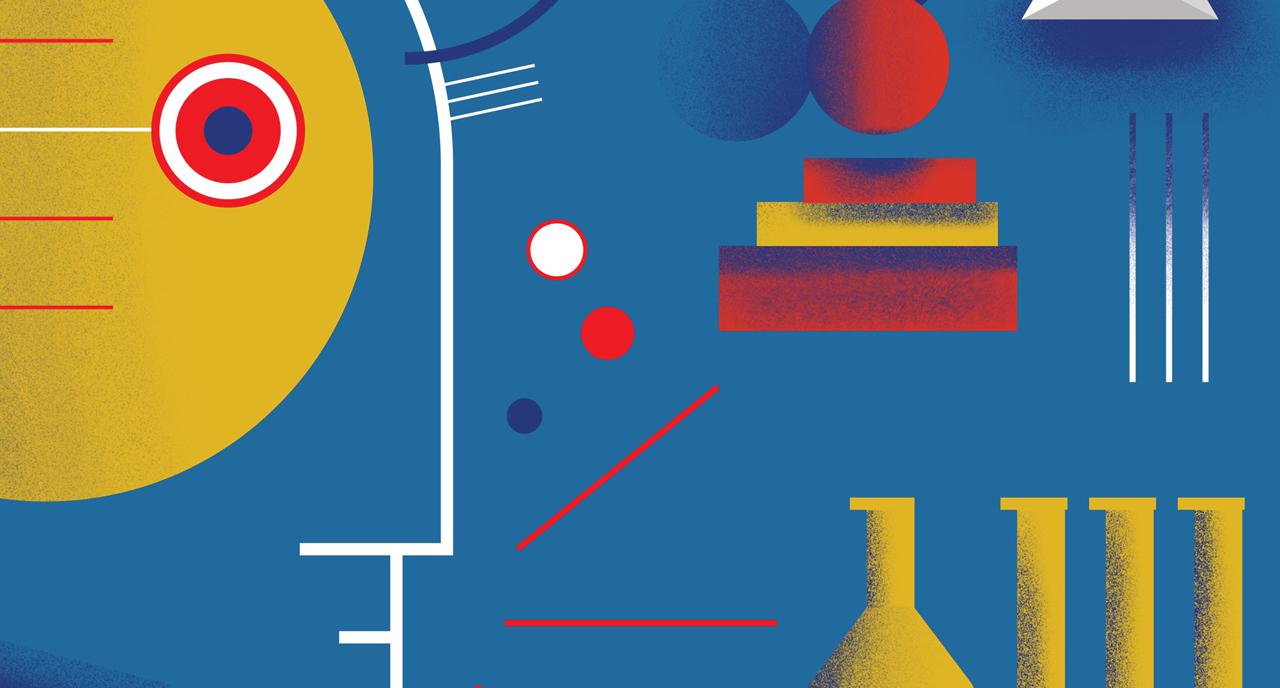
People and Networking
Another way a traditional college or university adds value is through people. Being on campus with other people creates invaluable connections that help students during and well after their school years. Finding people with common interests, exposure to people unlike you, serendipitous meetings walking to class, forming a relationship with a helpful professor all add up to rich human experiences for learning.
For undergraduates, the traditional campus experience is like a soft landing into adulthood. On-campus living and meal plans create ways for young people to moderate their independence. Upperclassmen and graduates find like-minded cohorts based on a field of study, creating opportunities for collaboration, internships, jobs, and alumni networking.
For all these wonderful attributes, the traditional higher education model is a valuable but expensive experience. The modern college campus offers a high-quality service many people would love to experience their whole lives – healthy meals, exercise facilities, walkable courtyards, sophisticated architecture, impressive libraries. These are wonderful draws for young people and perhaps their parents, but to whoever is taking on student debt, this may not be worth the investment. We can only imagine how this is changing in the minds of young students with the emergence of social media, when digital connections may override physical interactions. This may be a scary thought for the many institutions that have invested millions in their facilities, but surely there are ways forward.
In the small college town where I grew up, the local school was not only a big employer and importer of students from all over, but it was also the central meeting place, intellectual hub, and entertainment heart of the town. The college was where everyone met for coffee, concerts, lectures, plays, and sporting events. The role of the school in the community had little to do with academics or certifications.
There are many people who may wish to have the college campus experience without the need for certification. Large schools with sophisticated sports programs already know this, but perhaps universities can offer their services more explicitly to the community – rather than being an afterthought. Perhaps universities can offer subscriptions or memberships to its facilities for people who live nearby. Surely its athletic facilities can rival many local health clubs, its venues can be available for commercial lectures and entertainment, and its campus store can compete with a local coffee shop. This isn’t to say that a college should seek to compete with the community per se, only to suggest that school has many tremendous assets beyond traditional models for the student-customer, academics, and facility use.
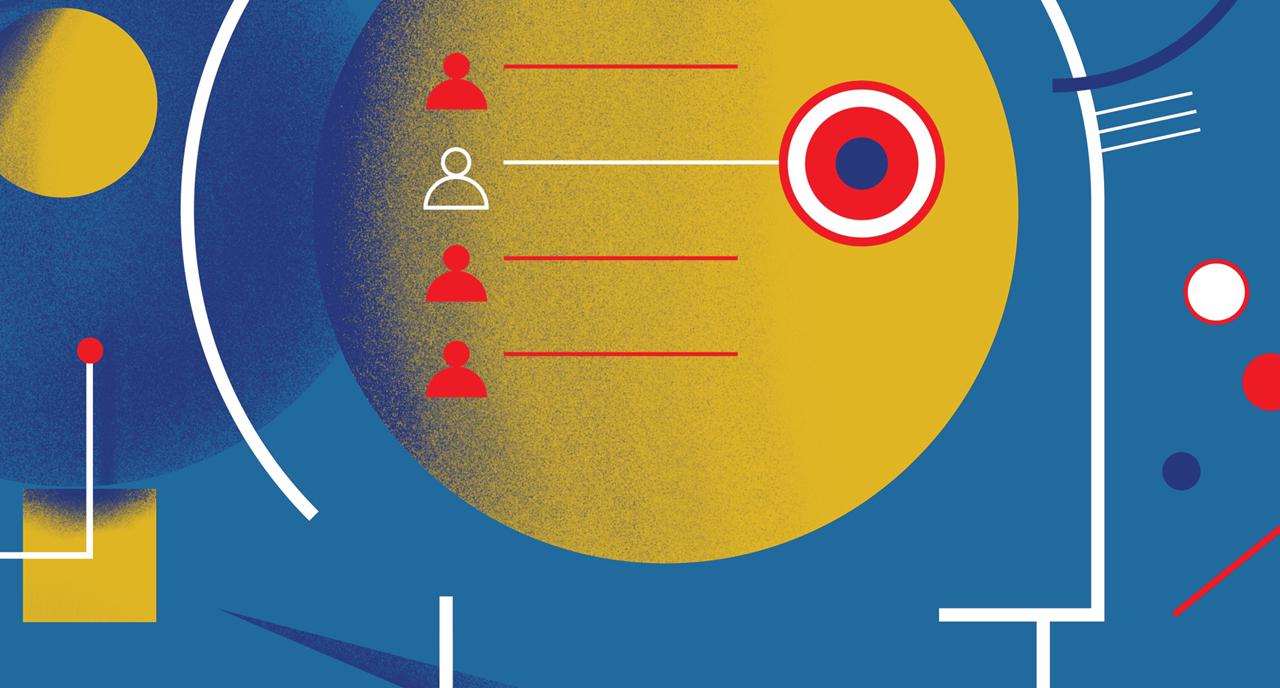
Critical Thinking
For the most high-minded academics, the crown jewel for education is about critical thinking. Beyond degrees, networking, and amenities, the purest motivation for learning is about problem-solving, enlightenment, empowerment, and the true aims of liberal education.
In the last several decades, the humanities have given way to engineering and business degrees have been favored in the C-Suite. Apple may have signaled a change. The business juggernaut was famously spearheaded by Steve Jobs, a college dropout with a flair for marketing and an affinity for design. Apple stands alone, but it’s worth noting that many other companies are following suit, as companies consider how to become a meaningful brand in the eyes of their customers. More blended, humanities-oriented approaches are finding their way into engineering, which is being seen as more of an art today, business, enamored by design thinking.
At Peopledesign, we place great value on the ideals of education in this vein, believing that much apathy, bias, and fear stems from ignorance. Embedded in Aristotle’s famous line that “the more you know, the more you know you don't know” is a measure of humility. Democracy itself is dependent on an educated public, and higher education is essential for a stable and just society.
Creating thinking individuals are at the heart of colleges and universities, despite the fact that they are businesses with increased pressure to perform in terms of employability and amenities. Here, too, schools may find ways to engage local communities and beyond through robust paid class auditing, learning clubs, or mentorship opportunities. If someone is interested in history, how might the history department engage a non-traditional student in a way that benefits both the institution and budding history students? Higher education has an important role to play in society. Colleges and universities might provide an offering that expresses its highest ideals, unburdened by certification or networking.
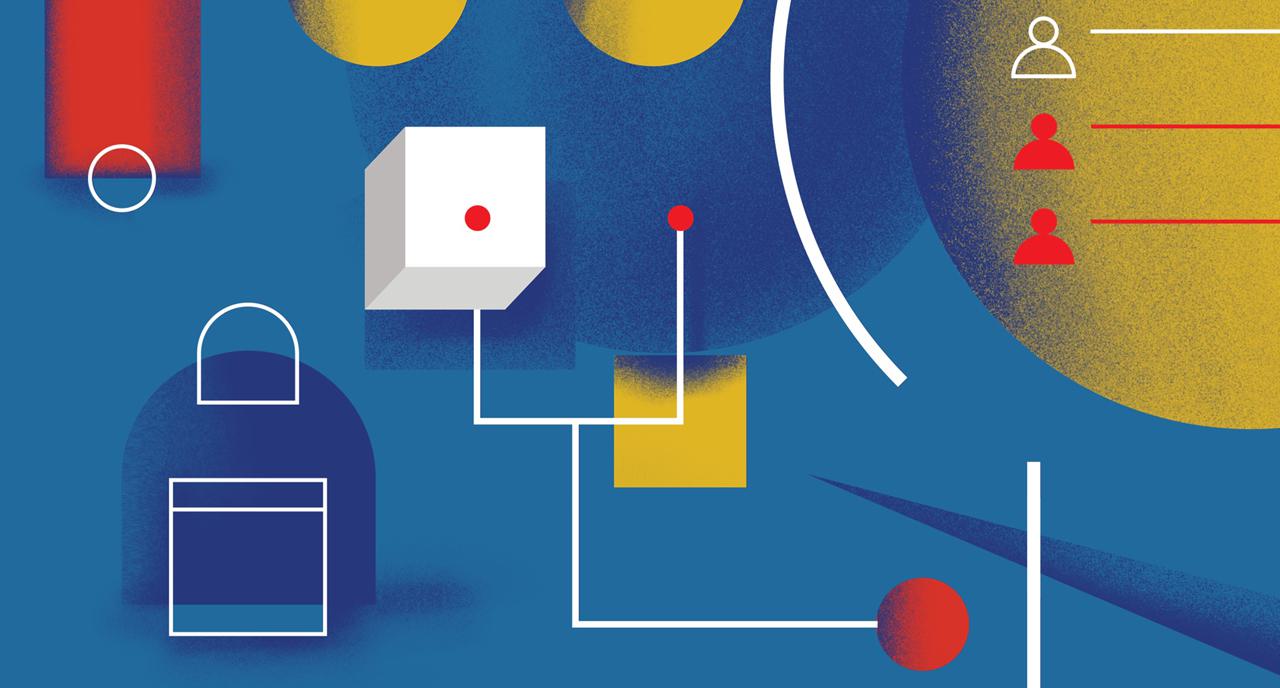
New Opportunities
In the coming years, or perhaps months, many higher education institutions will be pressured to make important choices about their future. Decreasing enrollment, competition, or other economic pressures may lead administrators to cut staff, professors, and even students in order to “right-size” their school for their current reality. Some of this is necessary. However, there are opportunities for innovators who are willing to view education through a new lens. Education today means a lot of different things. Each way schools add value could be separated from the current bundled model. Leaders will find new patterns of what people really want or need, helping to reframe how we advance our skills, network, and thinking.
